Saudi Arabia unveils new ‘evidence’ proving Iranian involvement in oil attacks, Defence Ministry claims
A top Japanese official has directly contradicted the Trump administration’s claims that Iran is behind the drone attack on Saudi Arabia.
Japan’s Defence Minister has contradicted US President Donald Trump’s claims about the attack on Saudi Arabia’s oil infrastructure.
Taro Kono told reporters on Wednesday that he has not seen any intelligence indicating Iran was behind the attacks.
The Trump administration has blamed Iran for the Abqaiq–Khurais incident, a drone attack that targeted the state-owned Saudi Aramco oil processing facilities at Abqaiq.
Mr Trump announced increased sanctions on Iran yesterday, blaming the regime for the attack.
I have just instructed the Secretary of the Treasury to substantially increase Sanctions on the country of Iran!
— Donald J. Trump (@realDonaldTrump) September 18, 2019
The drone attack knocked out half of Saudi oil production — about 5 per cent of the global output.
Yemen’s Houthi rebels, who have been targeted by Saudi Arabia’s intervention in the country’s brutal civil war, claimed responsibility for the attack.
“We are not aware of any information that points to Iran,” Mr Kono said during a press briefing, according to Common Dreams.
“We believe the Houthis carried out the attack based on the statement claiming responsibility.
French Foreign Minister Jean-Yves Le Drian also expressed scepticism about Iran’s alleged role in the attack.
“Up to now France doesn’t have proof permitting it to say that these drones came from such and such a place, and I don’t know if anyone has proof,” Le Drian said.
“We need a strategy of de-escalation for the area, and any move that goes against this de-escalation would be a bad move for the situation in the region.”
SAUDI ARABIA’S ‘EVIDENCE’
Earlier Saudi Arabia presented fragments of 18 drones and seven cruise missiles which it purported was “material evidence” Iran was behind the attack on the nation’s top oilfield at an extraordinary press conference on Wednesday.
The Saudi Defence Ministry presented shards of missiles and drones, laid out on white cloths, in front of an audience of media and diplomats.
Colonel Turki al-Maliki said the collection, combined with analysis of the precision and direction of the attack showed it was “unquestionably sponsored by Iran.”
“The evidence ... that you have seen in front of you, makes this undeniable,” he said at a news conference.
He described the attack as “an assault on international humanity, a deliberate attempt to disrupt the global economy” and said the range of missiles showed it could “never be launched from Yemen”.
Showing the wing of a drone, he claimed data recovered from the computers was “proof” Iran was behind the attack.
He said 18 drones had been fired at the Abqauiq oil facility, while seven cruise missiles had been launched at other targets - all from a northerly direction.
The colonel said the launch points for the missiles could not be given yet but would be announced at another press conference. He said Iran’s denial had been a “false narrative”.
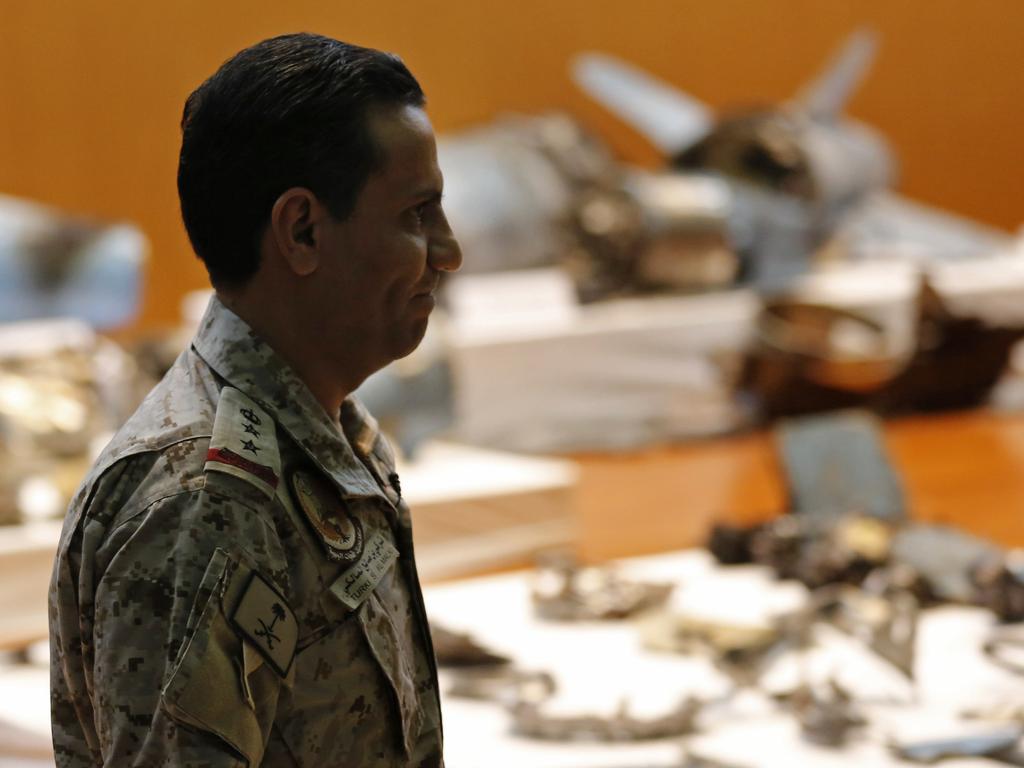
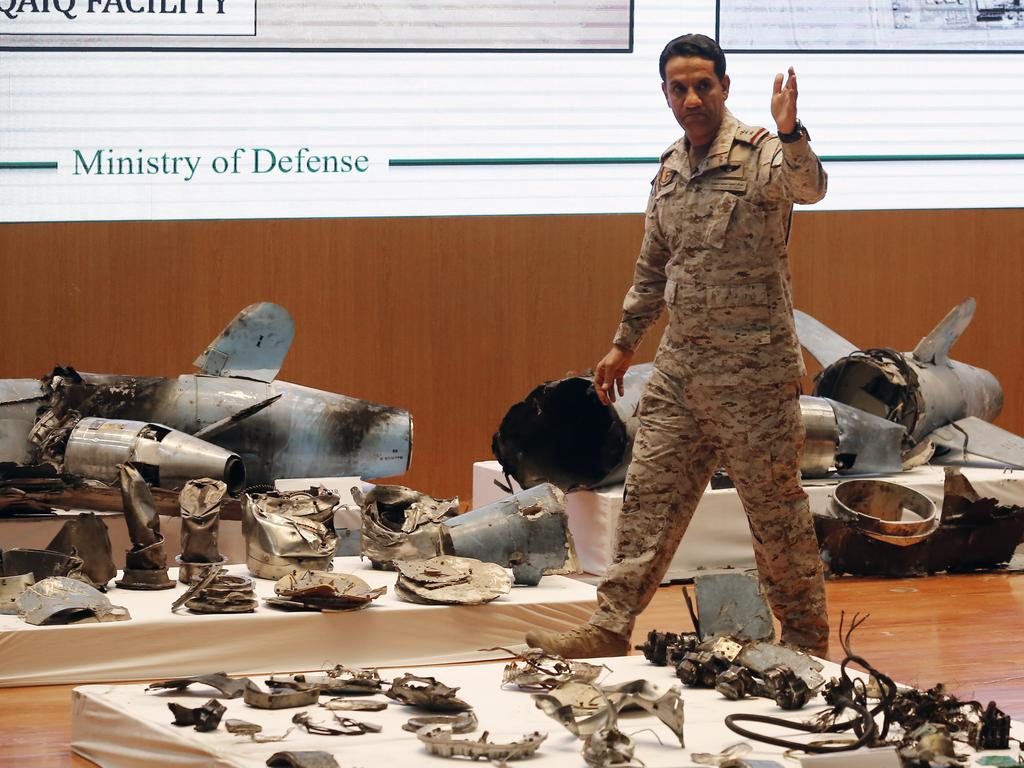
It comes as President Trump said he had ordered to “substantially increase” sanctions on Iran in a stark escalation of the simmering regional conflict.
Iran threatened it would retaliate against any action “immediately”, with state-run news agency IRNA saying: “If any action takes place against Iran, the action will be faced by Iran’s answer immediately.”
IRNA also claimed Iran’s president and foreign minister could skip next week’s meeting at the United Nations as they were yet to receive visas for the US.
The meeting had previously been seen as an opportunity for the kind of direct talks President Trump has sought with other fractious global relationships such as North Korean leader Kim Jong-un and Russia’s President Putin.
However President Trump appeared to have cooled on the idea saying he would “prefer not” to meet his Iranian counterpart. Iran’s Supreme Leader Ayatollah Ali Khamenei ruled out negotiations “at any level.”
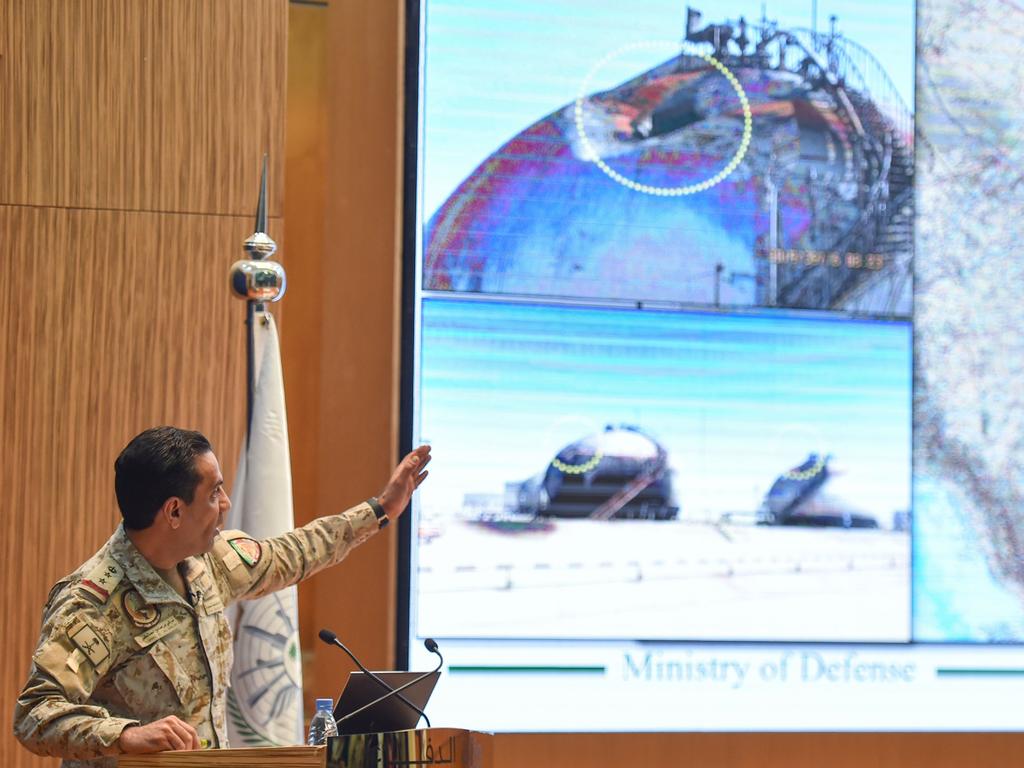
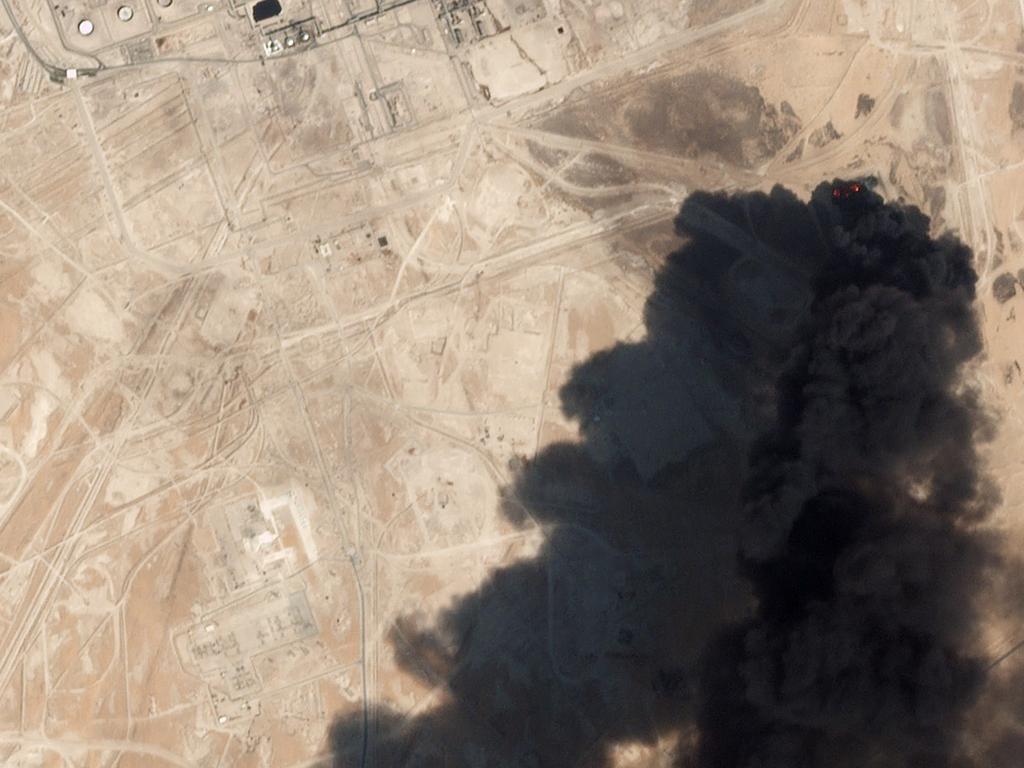
‘REAL TEST’ OF GLOBAL WILL
Saudi Arabia’s Crown Prince Mohammed bin Salman — the de facto ruler of the nation — said the oil strike was a “real test” of global will in a phone call with South Korea’s President Moon Jae-in.
He was also urged by Britain’s leader Boris Johnson to form a “collective response” and “continue working with international partners.”
The stark escalation in the volatile region comes after a September 14 attack on oil plants that knocked out half of Saudi Arabia’s production at the time and sent oil prices soaring.
Yemen’s Houthi group — an Iranian ally — have claimed responsibility saying they used drones for the assault on Aramco’s sites, while Tehran has denied any involvement.
“We don’t want conflict in the region … Who started the conflict?” Iran’s President Hassan Rouhani said.
But US officials and Saudi Arabia believe Iran is responsible. Officials have claimed the strike originated in southwestern Iran and its believed to have involved much more sophisticated weaponry than the Huthis have access to.
One official told Reuters neither the type of drone “nor the cruise missiles employed in the attack can reach the facilities from Yemen. It’s not possible,” the official said.
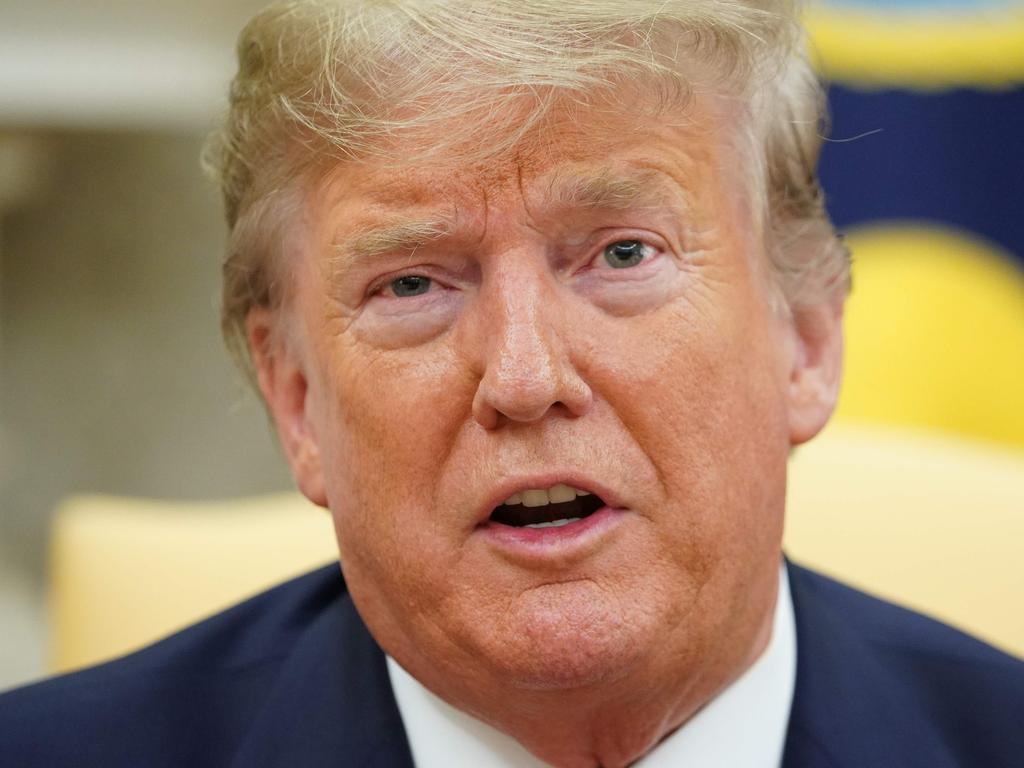
‘MAXIMUM PRESSURE’
The attack comes against a backdrop of increasing tension between the US and Iran, after President Trump pulled out of the 2015 peace deal that capped Iranian nuclear progress in exchange for lifting of economic sanctions.
That has been replaced by a “maximum pressure” campaign under President Trump and National Security Adviser John Bolton. Mr Bolton has since stepped down and been replaced by Robert C. O’Brien in the role, Trump announced on Wednesday.
President Trump has previously said he does not want war but that the US is “locked and loaded”.
Saudi Arabia is the world’s top oil exporter and produces 5.7 million barrels a day, which is expected to be restored at the end of the month.
Earlier this week Saudi Arabia announced it would join the International Maritime Security Construct operating in the Strait of Hormuz — of which the US and Australia are members, in order to support peaceful trade — after high profile stoushes with British tankers in the region.
- With wires



